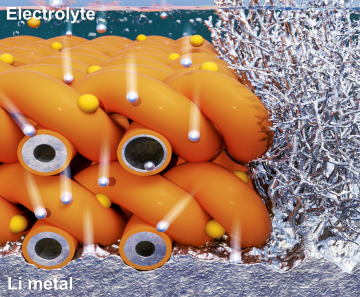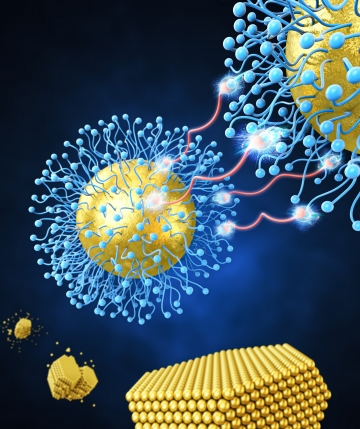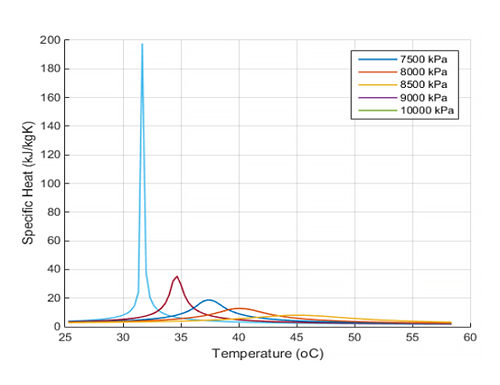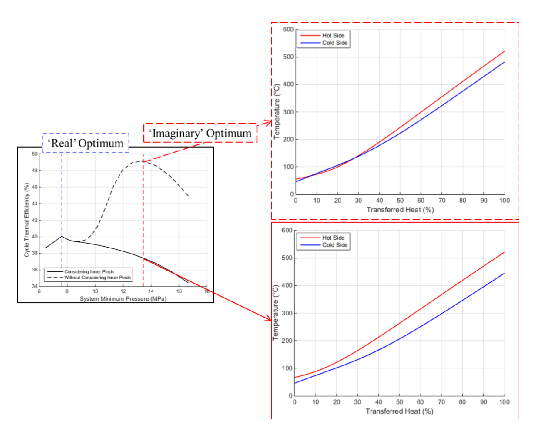KAIST
BREAKTHROUGHS
Research Webzine of the KAIST College of Engineering since 2014
Spring 2025 Vol. 24Prediction of inner pinch for a supercritical CO2 heat exchanger using artificial neural network and evaluation of its impact on cycle design
Prediction of inner pinch for a supercritical CO2 heat exchanger using artificial neural network and evaluation of its impact on cycle design
The power system using CO2 in the supercritical phase has attracted attention in recent years due to its high efficiency and small component size. Supercritical CO2 shows a dramatic change in thermodynamic properties near the critical point; therefore, the supercritical CO2 recuperator used in the power cycle should be analyzed differently from typical heat exchangers. This study shows that the cycle performance can be distorted by the unique feature of supercritical CO2 heat exchanger and suggests a way to avoid this distortion through adopting an Artificial Neural Network.
Article | Spring 2019
Above certain temperature and pressure, the phase boundary between liquid and gas disappears and the material exists in neither gas nor liquid state.
This phase is called a ‘Supercritical phase’. Supercritical fluids have unique properties that make them highly useful in industry. In particular, supercritical fluids show a dramatic change in physical properties near the critical point. It has been found that if the fluid is compressed in the vicinity of the critical point, highly effective pressurization process is possible with very little work. Therefore, attempts to construct a power system using supercritical fluid have received a lot of attention in recent years. Among many alternative fluids, CO2 is an appropriate candidate since it has a relatively easily achievable critical temperature (31oC) and pressure (7.4 MPa) for engineering applications.
Supercritical CO2 systems have relatively high system minimum pressures as compression at critical pressures can have lower expansion ratios than conventional gas or steam turbine systems. Thus, the system has a low compressor outlet temperature and a high turbine outlet temperature. Therefore, heat exchange between the two is one of the most important issues of achieving high performance of a supercritical CO2 power system. However, unlike traditional heat exchangers, supercritical CO2 heat exchange has had difficulty in predicting the exact performance because specific heat varies very widely inside the heat exchanger.
The KAIST-NPNP team led by Professor Jeong Ik Lee developed a methodology for predicting the performance of the ideal heat exchanger through the Artificial Neural Network. Using this, a revised effectiveness expression has been developed that reflects the nature of supercritical CO2. With this method, the industry can now design and operate the supercritical CO2 power system more effectively.
Original paper: https://doi.org/10.1016/j.enconman.2018.02.044
Most Popular

When and why do graph neural networks become powerful?
Read more
Extending the lifespan of next-generation lithium metal batteries with water
Read more
Professor Ki-Uk Kyung’s research team develops soft shape-morphing actuator capable of rapid 3D transformations
Read more
Smart Warnings: LLM-enabled personalized driver assistance
Read more
Development of a nanoparticle supercrystal fabrication method using linker-mediated covalent bonding reactions
Read more

